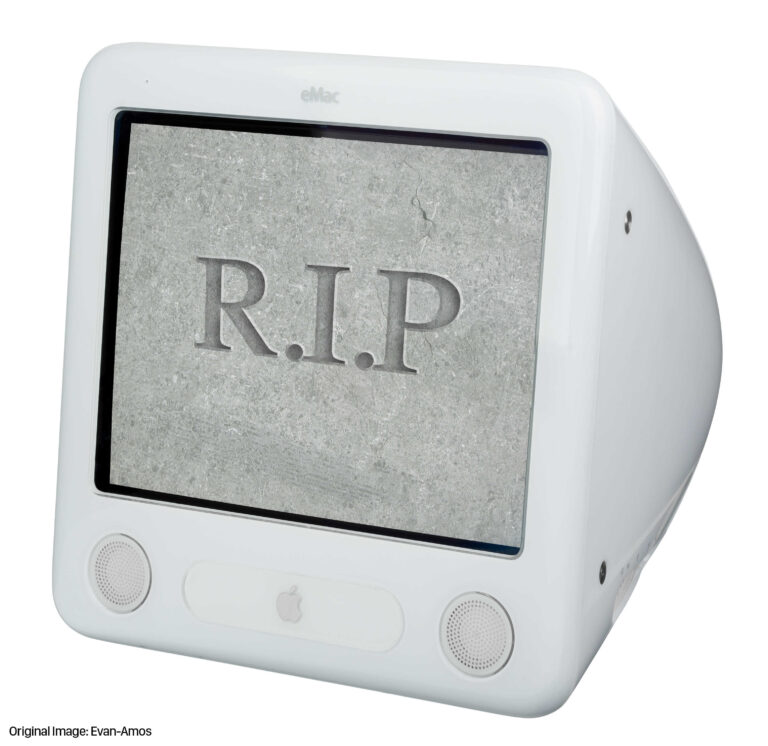October 27, 1999: Dell Computer overtakes Apple in the education market, taking Cupertino’s crown as the top company selling computers to U.S. schools. Dell’s inexpensive Windows PCs make sense for schools looking to buy computers without breaking the bank.
Steve Jobs, who is still rebuilding Apple after it nearly collapsed in the 1990s, faces intense criticism for neglecting one of the company’s strongest markets.
Dell PCS: Sales strategy pays off
The news that Apple has lost its lead in computer sales in the education market comes from a report published by Dataquest. While the news was widely reported as a failure for Apple, it actually signaled Dell’s growing success.
As computers became more popular, Dell’s strategy of selling inexpensive PCs doubled its sales. Shipments jumped from 77,000 units in the second quarter of 1998 to 163,000 units in the second quarter of 1999. Meanwhile, Apple increased its computer sales from 101,000 to 125,000. However, Apple’s market share fell from 22.7% to just 16.5% as total sales to US universities increased significantly.
Why the education market is important to Apple
Today, the fall of Apple computers to second place in the education market hardly seems worth commenting on. iOS devices now generate nearly 50% of the company’s revenue, dwarfing Mac sales. But in 1999, the world in Cupertino was different. While people rightly praised Jobs for returning Apple to profitability and launching the iconic iMac G3, he was heavily criticized for neglecting one of the company’s traditional strongholds.
More than business, education has always proven to be a strong market for Apple.
At one point, the company controlled more than 50% of sales to schools. In fact, after leaving Apple, Jobs initially founded NeXT as an educational computing company. But that ambition quickly evaporated after he raised the price of NeXT Computer far beyond what most schools could afford.
Steve Jobs hates education (or so it seemed).
When Jobs returned to Apple, he focused on the consumer and professional markets. As a result, educators (faculty, not students) felt left out in the cold. For proof, check out this 1998 interview between Mr. Jobs and a young and very inexperienced reporter from the Chronicle of Higher Education. In it, Jobs is frustrated by the dwindling number of Macs on college campuses.
As is often the case with Jobs’ second act at Apple, things eventually turned around. In particular, Apple’s iBook and iMac DV product lines have contributed significantly to the company in the education market. A few years later, Apple launched the eMac, which was targeted specifically at schools and became widely available on campuses.
In 1999, Jobs was simply cleaning up Apple before moving on to conquer new markets.
Mac pricing hurts Apple and Dell’s cheaper PCs in education
Another part of the equation was price. At the time, the lowest-priced Macs sold for about $1,400. PCs, on the other hand, cost less than $1,000. The two machines are not necessarily comparable, but for school administrators, the decision often came down to a few dollars.
Still, it’s interesting to consider that there was a time, before the iPod, iPhone, etc., when declining education sales were viewed as positive evidence that Apple’s business strategy was failing.
Did you use an Apple computer in high school or college? Leave a comment below.


